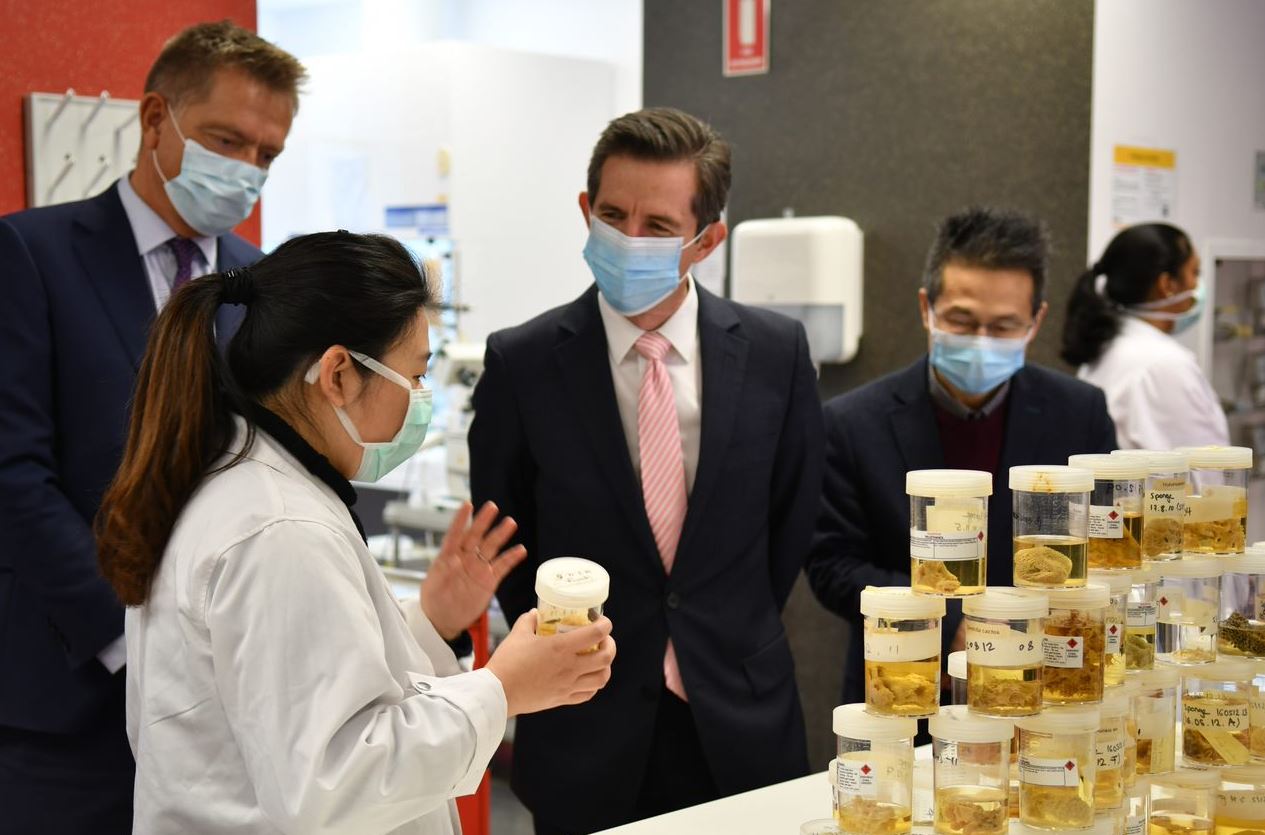
Marine sponge researchers at CMBD have developed a technique to read complex microbial populations. Initiated for sponge microbe populations, the technique can be applied to map out other microbial populations, including human.
To understand the complexity of microbiomes, the total of micro-organisms living together in a particular body (or place), researchers chose to examine sea sponges. Sponges are believed to be the oldest animals, in existence for about 750 million years. They are filter feeders and their tissue consists of up to 60% bacteria, making them ideal for studying microbial diversity.
The researchers developed a multi-primer approach as opposed to earlier single primer analysis to uncover taxonomic ‘blind spots’. The CMBD team revealed 57 microbial phyla from only four species of local sponges. This was a significant improvement compared to a maximum of 41 phyla reported by the global sponge microbiome survey of 81 sponge species.
“This breakthrough marks a significant improvement in our ability to expand our knowledge of microbiomes”, says Professor Wei Zhang, lead author of the research.
Dr Qi Yang says, “We were able to obtain sequence coverage of all the variable regions of the 165 rRNA ‘signature gene’. From this initial examination of marine sponges, we are now confident that it can be applied across all microbiomes.”
These findings have been published in the paper, “Uncovering the hidden marine sponge microbiome by applying a multi-primer approach”, by Qi Yang, Chris Franco and Wei Zhang, 2019, available online in Scientific Reports, a nature research journal.
Currently, CMBD is working to extend knowledge of endosymbiotic sponge cell microbiota. Previously developed multi-primer amplicon sequencing (to identify genetic variations) is used to show the uniqueness of endosymbiotic members and shotgun metagenomic sequencing (to analyse the gene sequencing results) is used to identify novel gene clusters to uncover new biosynthetic pathways. The research will improve understanding of the function of extracellular and intracellular sponge microbes. The aim is to discover untapped microbial resources and potential bioactive products for new drug discovery.

